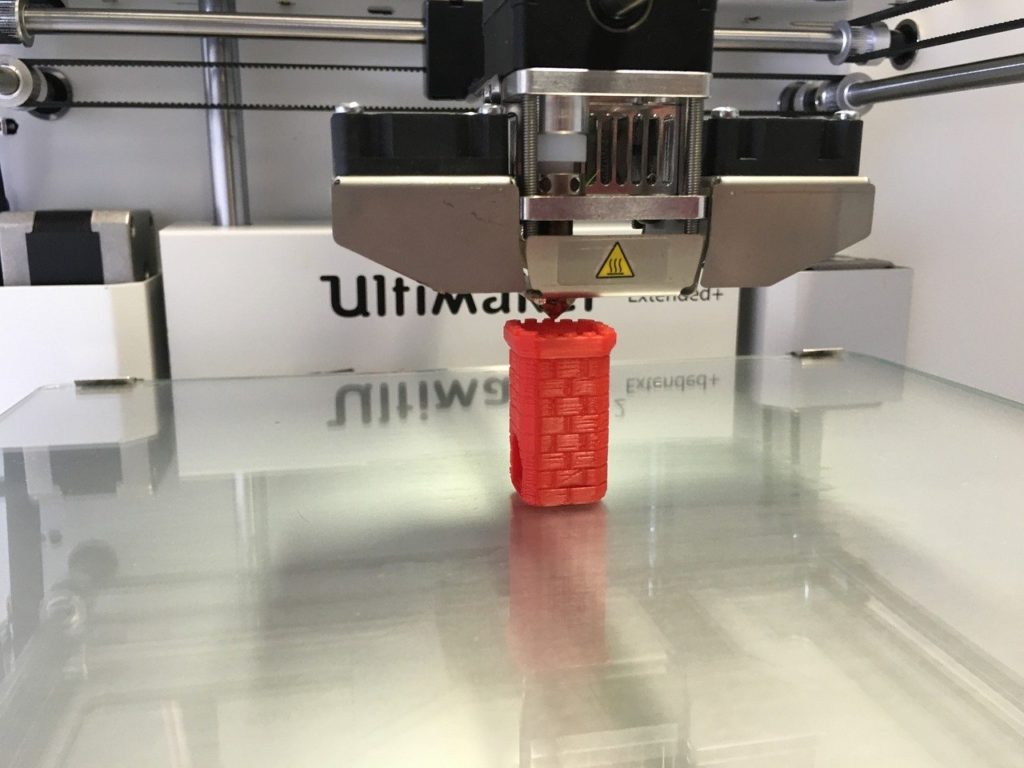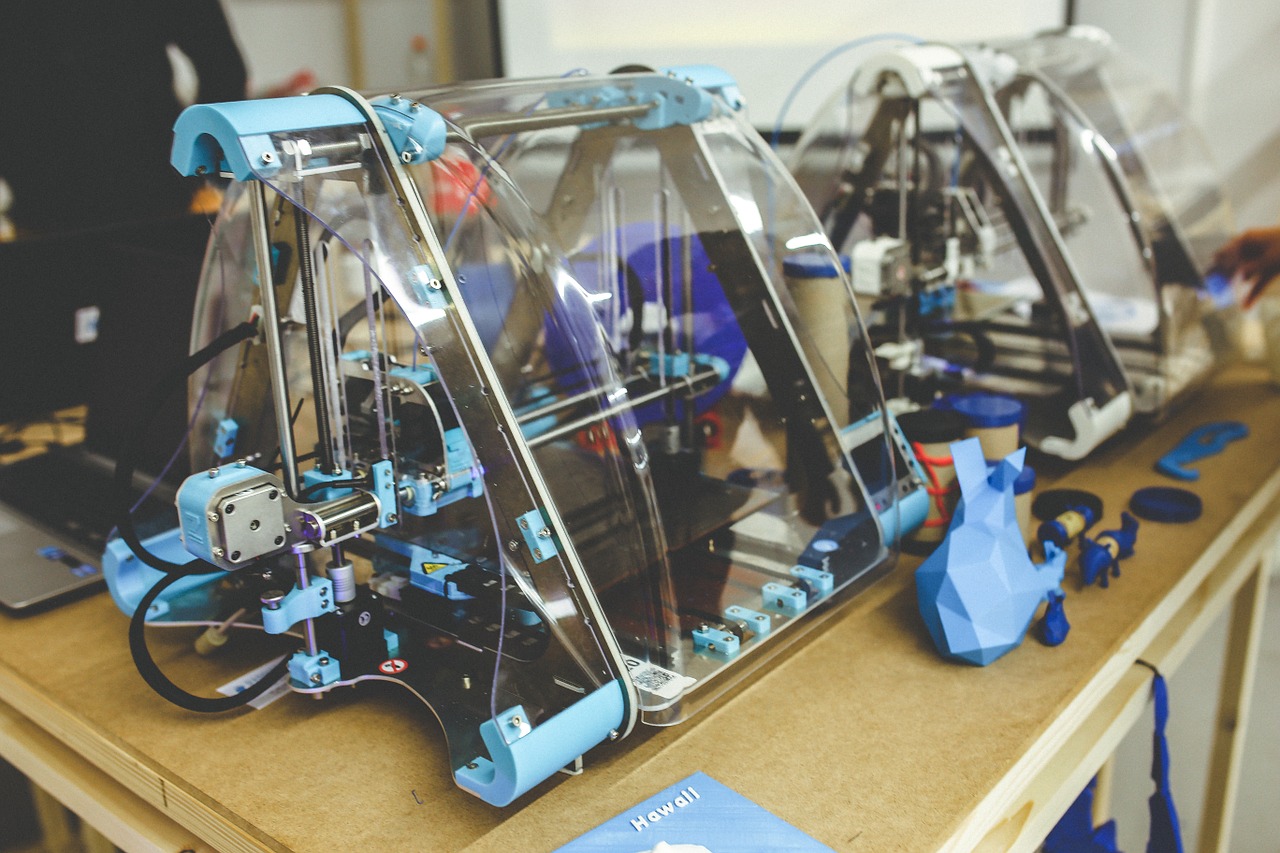One of today’s most exciting technological innovations, 3D printing has even begun to make its way into homes, with commercial 3D printers having become available in hobby stores and even found a place in local libraries. Moreover, the application of 3D printers has been extended to healthcare, where 3D printing has the potential to transform the medical device and healthcare industries in ways thought impossible, except perhaps in science fiction. In the not-too-distant future, healthcare professionals will be able to 3D-print human organs, an exciting development indeed! Let’s take a look at some of the ways in which 3D printing is already being used in healthcare, as well as some of the new applications it might find in the future.
What Is 3D Printing?
Also known as additive manufacturing, 3D printing employs a printer to create layers from digital files that result in 3D objects. Its applications in healthcare are expected to trigger tremendous growth, with the additive manufacturing sector (notably encompassing the 3D printing of medical devices) projected to reach nearly $1.88 billion by 2022.

New Hospital Divisions
Because of the high cost of 3D printers (which range from $5,000 to up to $3 million), many organizations outsource their printing needs to those with substantial experience in that domain. However, with the belief that 3D printing will become increasingly important in healthcare, many hospitals are looking to trade outsourcing for an up-front investment.
Indeed, some hospitals are even creating departments around 3D printers. Since medical devices and dental implants already constitute a large part of the 3D printing sector, it’s likely that the creation of such departments will prove to be a good investment. By taking on 3D printing work for other hospitals and/or healthcare providers’ offices, such additions could also become a new revenue stream for hospitals.
Current Applications
For 3D printing currently on the market, applications include 3D-printing complex anatomical models that can be used for testing and the training of future physicians. By working with this technology, it is possible to create such models more quickly and in greater complexity than ever would have been possible via traditional means. Physicians can also use 3D printing to create a 3D representation of a particular patient’s anatomy – an extremely useful tool in not only diagnosis, but also planning for surgeries.
Orthopedic physicians are also using this technology to customize implants and prosthetics, which wind up being more comfortable since they can be fitted to individual specifications. Hearing aids and wearable sensors can also be printed, and dentists can rely on 3D printing to print and fit crowns in a day – a process that required more than one visit using the traditional method.
No More Organ Transplants?
Potential applications for 3D printing are perhaps even more startling than current ones. One such application could do away with the need for organ transplants altogether. Instead, healthcare professionals might one day be able to print human organs. Current technology is able to 3D-print small organs (aka “organoids”) by using stem cells. In the future, these organoids could be inserted into a patient’s body, where they will be able to grow and take over from a failing organ.
People with burns might also see benefits from 3D printing. Historically, it has been quite difficult for those who lose large amounts of skin to burning to manage the healing process well; while skin grafts are painful and produce less-than-ideal results, hydrotherapy solutions are not particularly effective. Recent advancements have produced a prototype 3D printer capable of printing human skin by using biological ink made from human plasma and extracts from skin biopsies. In just half an hour, this machine was able to print around 100 square centimeters of human skin! Such technology could be life-changing for individuals with horrible burns.
Exciting Times
3D printing is truly startling in its implications for the future of healthcare! As the U.S. Food and Drug Administration assesses this technology and issues approvals and potential regulations, we are likely to see a boom of activity in this sector. Stay tuned for updates in 3D printing, particularly over the next decade.

